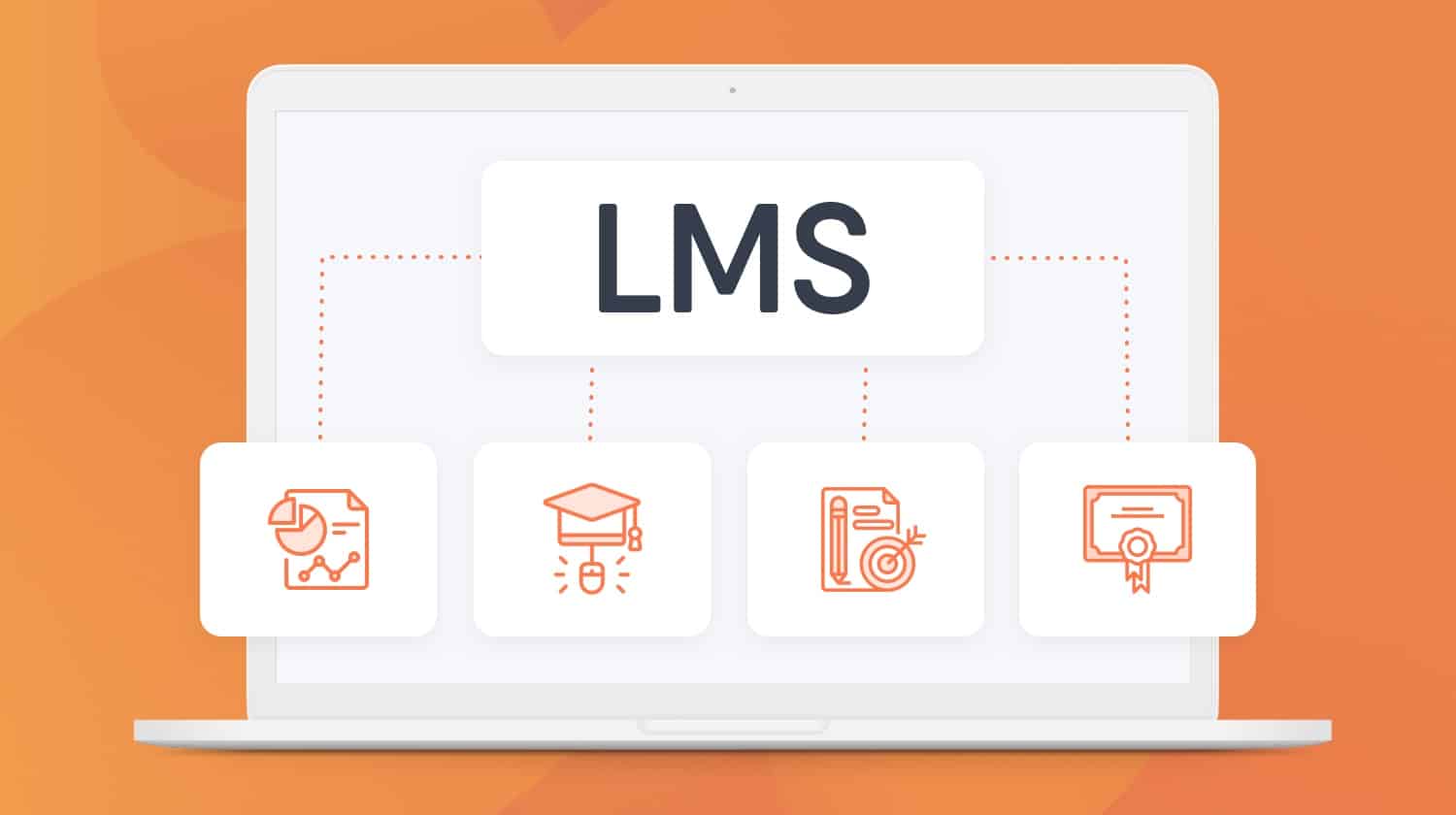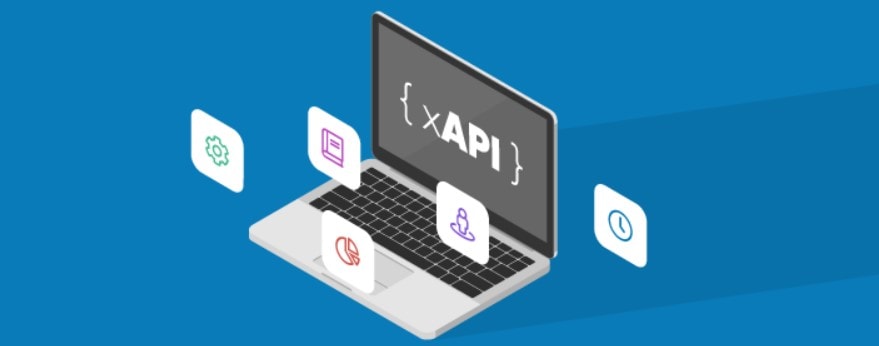Buying software can be difficult. In this article, I will show you the Top 8 important features of LMS.
Choosing an LMS, however, might be difficult.
It’s tedious trying to understand the dozens of accessible features, and then figuring out what you and your team can actually use.
During the procedure, various questions may arise:
- What LMS features are actually used?
- Which solution best meets your e-learning needs?
- What can your team do to engage students?
- Gamification. SCORM-compliance. Who cares what they mean? Need they?
There are no right or wrong responses to these questions.
After all, the LMS is the foundation of the virtual classroom. To provide the best training resources for your employees, choose LMS features that both instructors and students will use.
The alternatives for e-learning software are essentially unlimited with approximately 1,000 vendors. To help you restrict your search, we’ve listed the top features of a modern LMS.
These are the top 8 important features of LMS:
Data Security
SCORM & xAPI Compliance
Any LMS software should be coded to comply with SCORM and xAPI standards. All eLearning and course hosting software uses these standards.
If programmed to these principles, any LMS will support and “play well” with other virtual learning tools.
For example, a university’s Student Information System stores student data (SIS). Then you need an LMS that works with SIS.
If they aren’t interoperable, massive amounts of data entry are required to duplicate SIS information into the LMS.
As students progress through classes, data will need to be moved back.
With these programming standards in place, you can focus on your students’ and your targeted learning goals.
Multiplatform Accessibility
Built-in Task Automation
Grading assignments, attending virtual lectures, and banning external websites during exams are all examples of eLearning automation that should be included in your LMS.
These are the characteristics that encourage students to concentrate on their studies while also reducing administrative burden.
Your programme will work without these LMS capabilities, but it will not make eLearning easier. There are a lot of drawbacks to online learning, but one of them shouldn’t be more administrative time.
Small, useful features like this are what make the LMS so powerful.
Task overload and headaches can be reduced with the help of your learning management system.
Social Learning Tools
Video Conferencing Integration
Video conferencing allows teachers and students to have virtual learning chances that are similar to in-person classroom experiences as learning moves online. For lectures, conversations, or office hours, it offers a live eLearning environment.
Some LMS solutions come with their own built-in live video conferencing systems. They serve as a bridge between students and teachers, as well as a venue for these interactive learning sessions.
Others will have an open API that will allow the system to effortlessly integrate top-of-the-line video conferencing tools. Your LMS will enable you choose which software best suits your needs thanks to a system that “plays well” with other products.
Course Content Libraries
High Server Uptime
One of the most important advantages of adopting LMS systems is that students may learn on their own time and at their own speed. Plus, if your employees only have a limited amount of time to view their training materials, you’ll want to make sure the system is available to them 24 hours a day, seven days a week.
Nothing is more aggravating than sitting down to take a course in your valuable spare time only to discover that the site is down, that you can’t access your training courses, and that you’ll have to “come back later.”
This can be caused by a variety of factors, such as site maintenance or a brief server issue, but you’ll want to be sure that these “downtimes” are few and far between when picking your LMS.
You want to ensure that your students have the most reliable access to your content.
Quick Links:





